Follow the Water
The lower slopes were cultivated by early settlers and water from springs higher up the mountain sides was carried by a series of aqueducts - or levadas as they are called in Madeira - to the terraced fields. These early levadas were privately owned, cut into the mountainsides by contractors, who as often as not used slave or convict labour for the job. By the early 20th century, the undisciplined appropriation of water meant that around a third of the island’s arable land was not cultivated, largely due to lack of irrigation.
The Portuguese government stepped in, and in the 1930’s building of the current extensive system of levadas was begun. There’s around 2000 km of them - and the work involved was gigantuan! These water channels are cut into steep slopes, sometimes vertical cliff walls.
Besides the levada there is a footpath - sometimes just 40cm of siding, sometimes a proper forest path.
The levadas form the backbone of Madeira’s wandering and rambling scene. And I have hiked along numerous levada by now. Past fat and thin waterfalls,
over rapids,
hugging cliff faces
Plunging into tunnels
and pushing through lush green forests
And these levada walks are always accompanied with the sound of water. Water bubbling in the levada besides me,
as often as not water roaring in rapids in the valley below me
and water dripping down cliff faces next to me
And at times onto me.
All those watery sounds make for a very pretty ambience, though one that does make you want to pee all the time.
Along the way I have seen little birds
And medium sized birds.
Plus a fair amount of sporty pensioners. Madeira is certainly a place that can make you feel young again. A rather uncharitable comment overherd at the airport in Finland was that there were more toes than teeth getting on the plane. Though not strictly speaking true, since Finland has excellent dental care for the elderly.
The weather has been benign and quite lovely. However, it should be no surprise to anyone that after this October - the driest month in 6 years - November is occasionally making up for lost time. Around every third day sees at least a slight drizzle, though luckily mostly during the late evenings and nights, when the days walks are done.
On one memorable occasion a slight afternoon drizzle became an absolutely astounding downpoar, where mountain roads reverted to streams and an umbrella cut no ice.
All in all it’s been a chill two weeks. Madeira is not huge - just 57km long and 22km wide. Travel on public buses demands patience. The windy roads cannot be taken at speed and also the buses detour from the main roads to visit every mountainside village on the way.
I missed out on exploring the western tip of the island, since the drive there which would have taken 40 minutes by car, takes 3,5 hours (one way!) on the only available bus routes.
However I feel I got to see most of the best of Madeira in these two weeks. In fact I feel two weeks was enough for this destination. As a traveller, who is used to hitting the ground running, I was on the verge of running out of things to do. Well, there are those 2000 km of levadas, but I did get to see many of the more spectacular ones, which are approved for hiking.
So this lady and her camera say thank you Madeira for a bit of sun and green in the middle of the cruellest month in Finland.
Obrigada!
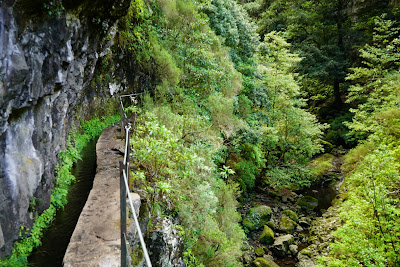





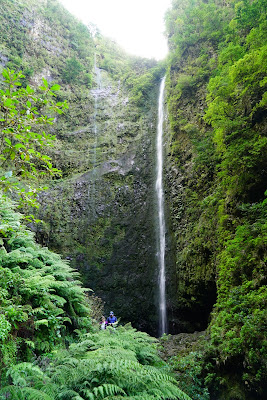











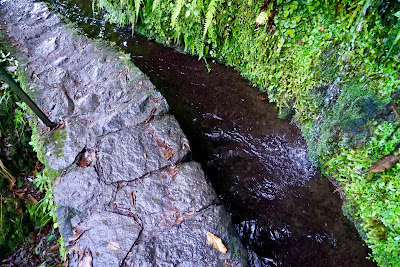

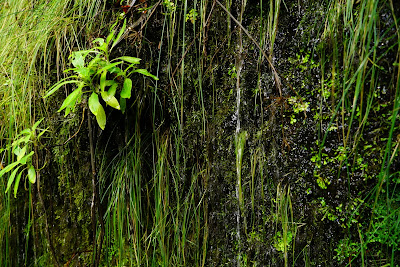

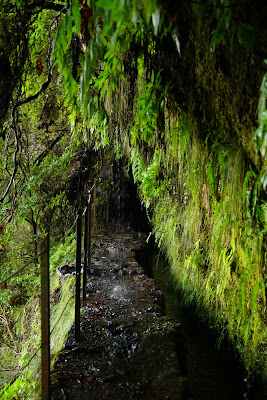

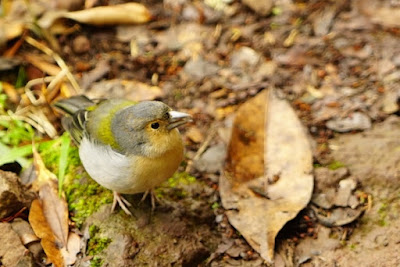







Comments